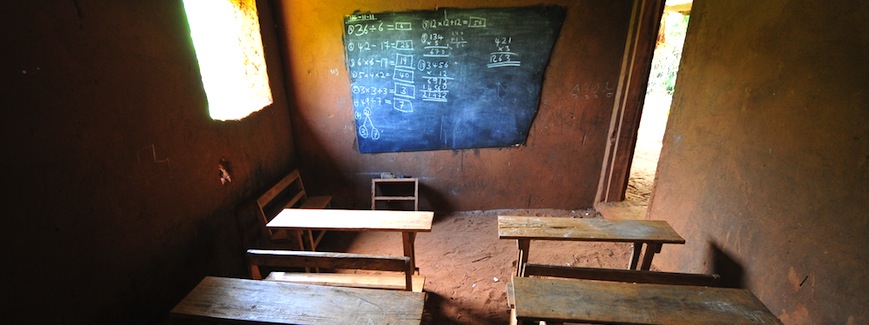
GAFFI and colleagues worldwide have contributed to the International Classification of Disease 11. This major consultation commenced in 2014 and concluded in 2019. ICD9 and ICD10 classified many fungal infections poorly, especially aspergillosis. ICD11 webpage is here: https://icd.who.int/en
The base repository of data is the Foundation in which all diagnostic concepts are kept. In the Foundation any single entity may be linked to several different hierarchical parents, so that, for instance, Malignant neoplasms of the skin can be viewed from the Skin chapter as well as the Neoplasms chapter. You can move readily from one location to the other by clicking on the relevant Parent concept in the browser.
From this Foundation an essentially limitless number of so-called linearisations can be extracted. A linearisation contains a restricted and mutually exclusive list of entities. Linearisations are for primary care and for speciality classifications including neurology, ophthalmology, paediatrics, mental health, occupational health and dermatology amongst others.
To give an example the Joint linearisation includes granuloma annulare but its subtypes are given as “Index terms” which would be found on a search but classified to the parent
concept, granuloma annulare. The dermatology linearisation will enable the subtypes to be coded individually.
- Granuloma annulare
- Localized granuloma annulare
- Generalized granuloma annulare
- Subcutaneous granuloma annulare
- Perforating granuloma annulare
With respect to cutaneous disease, WHO has agreed with the International League of Dermatological Societies (ILDS) that there would be joint ownership of the Dermatology Specialty Classification and that this could be published in print format as well as available on-line.
A further innovation into ICD-11 is the facility to “post-coordinate”. This enables much greater detail to be captured where required without an explosion of specific “pre-coordinated” titles. Thus the current US modification of ICD-10, which is only just being introduced in that country has Acute lymphangitis of left toe, Acute lymphangitis of right toe and Acute lymphangitis of unspecified toe. ICD-11 will enable a stem (or base) concept to be further qualified by the addition of information on anatomical site, laterality, severity etc. as extension codes. The permissible extensions to any given stem concept will be explicitly determined by sanctioning rules in order to avoid the creation of nonsense combinations.
PEER REVIEW AND FIELD TESTING
WHO is now very keen to get as many content experts and specialist departments as possible involved in peer review and field-testing. It is at present possible to submit comments on the Browser website though you will need to register in order to do so. In May or June a proper proposal mechanism will be available online in which additions or changes can be requested. GAFFI will announce this.